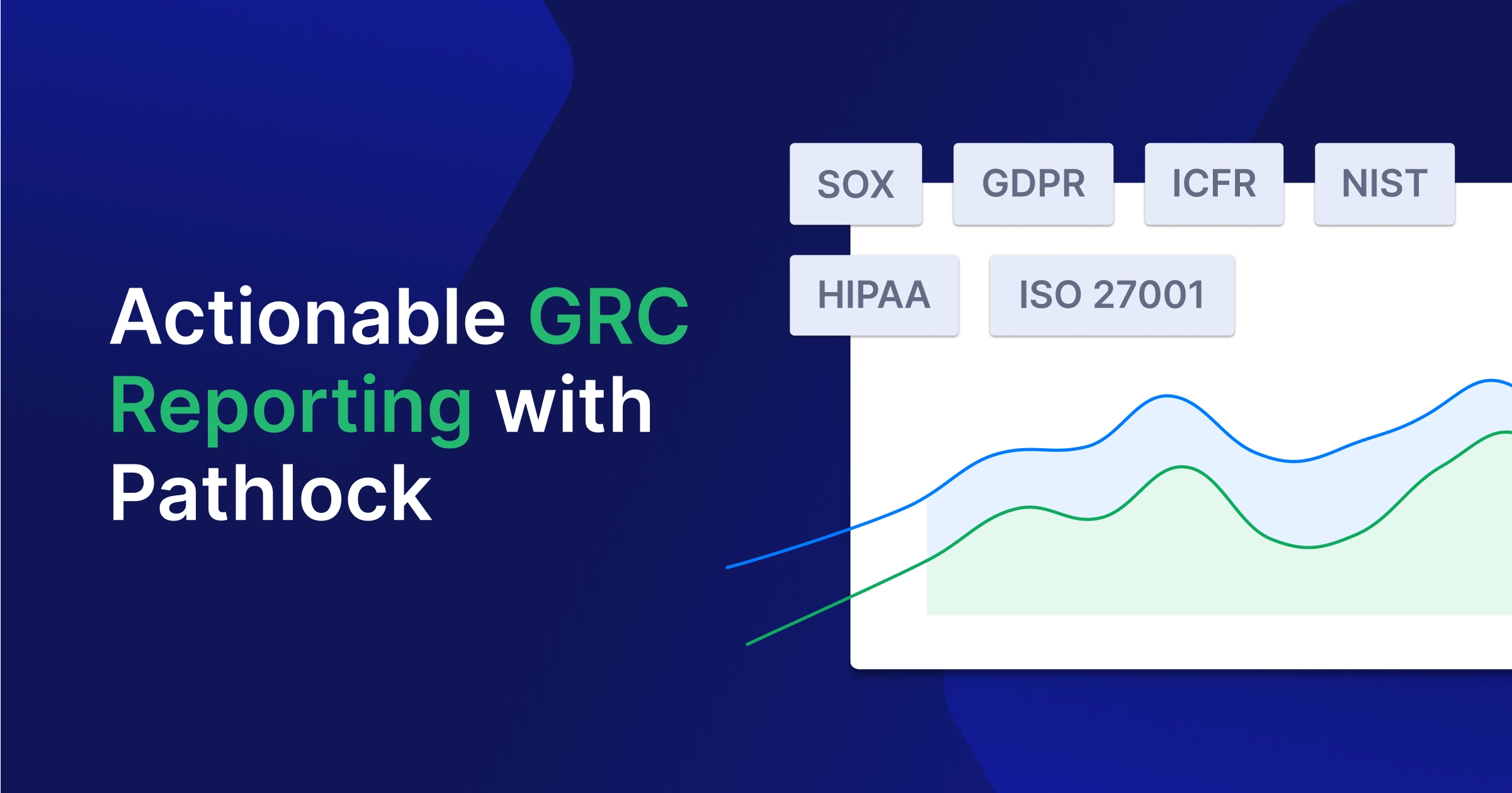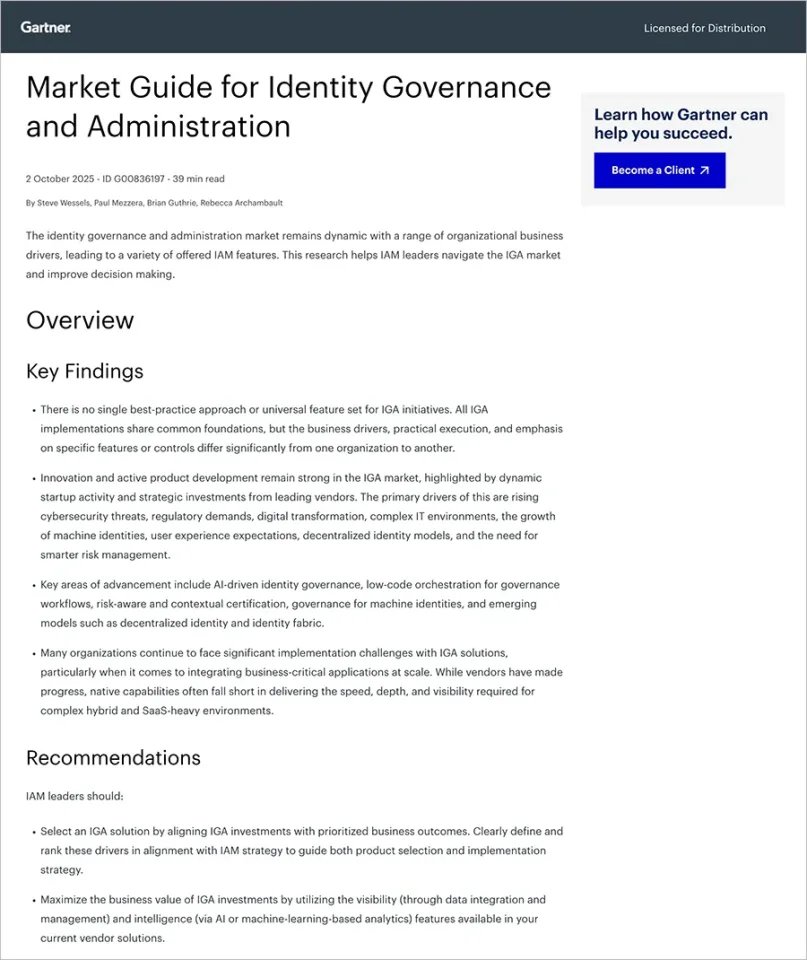Data is precious, which is why businesses want to make sure that it’s always secure. While there are many advanced data security tools available today, data obfuscation is the unsung hero, quietly safeguarding sensitive information while keeping it usable for business as usual. It’s like putting on a disguise—your data is still there but hidden just enough to throw off anyone who shouldn’t see it.
From masking to encryption and tokenization, each method brings its own set of advantages and challenges. Whether you’re scrambling, shuffling, or anonymizing, the key is picking the proper technique to meet your specific security needs without missing a beat in operations.
This post details the complexities of data obfuscation and examines each technique’s strengths and possible drawbacks. We will also discuss the real-time benefits of data obfuscation and its comparison with encryption. Finally, possible challenges that one can encounter in data obfuscation are also highlighted, as well as potential best practices to make for smooth integration.
Key Techniques of Data Obfuscation
Data obfuscation employs various techniques, each with its own strengths, weaknesses, and ideal use cases. The most commonly used ones include data masking, data encryption, and data tokenization.
Data Masking
Data masking replaces sensitive data with fictitious, realistic information, similar to replacing your personal phone number on a public document with a series of asterisks. It allows the data to maintain its practical format without risking security. This technique proves useful in non-production environments like development or testing, where teams need data that mirrors the real thing without compromising sensitive information.
Data Encryption
Data encryption is the process of transforming readable data into an unreadable format using an encryption algorithm, much like secret codes. The original data, or plaintext, is converted into something called ciphertext. Only those with an encryption key can revert this ciphertext back to plaintext. Though encryption provides high security, it’s important to note that it’s reversible. If an unauthorized individual gains access to the encryption key, then the data can be accessed.
Data Tokenization
Data tokenization replaces sensitive data with non-sensitive substitute values, or tokens. Think of this as your car’s valet ticket. The ticket represents your car but doesn’t disclose any valuable details. The standout feature of tokenization is its irreversibility. Once tokenized, data is unreadable and is no longer able to be accessed in its original form without access to the tokenization system. This feature makes tokenization secure and popular in industries managing large volumes of sensitive data, like the payment card industry.
Other techniques
- Randomization: Replacing data with random values while maintaining the data type and format.
- Anonymization: Removing or modifying data to prevent identification of individuals.
- Pseudonymization: Replacing identifying data with artificial identifiers.
- Data minimization: Storing and accessing only the minimal amount of data needed.
Each of these techniques has its own strengths and is suited for different use cases. The choice depends on factors like the type of data, regulatory requirements, and the specific security needs of the organization
Benefits of Data Obfuscation
Data obfuscation enhances a company’s security profile. Some significant advantages and benefits are worth noting.
Enhanced Data Security
Data obfuscation primarily increases data security. It minimizes data breaches by making it hard for unauthorized individuals to decode sensitive information. By transforming the data into an unreadable format for potential hackers, yet remaining useful for authorized users, obfuscation boosts your data security.
Regulatory Compliance
It also assists in regulatory compliance. Whether your company is subject to laws like the General Data Protection Regulation (GDPR), PII regulations, or the Health Insurance Portability and Accountability Act (HIPAA), it is critical that organizations safeguard customer data. Using data obfuscation helps meet these regulations, reducing the risk of fines and regulatory penalties, while minimizing damage to the organization’s reputation.
Safe Data Sharing and Collaboration
Data obfuscation also enables secure data sharing and collaboration. Organizations can share data across departments or with third parties without revealing sensitive information, ensuring smooth operations while upholding data security.
Maintaining Data Usability
Despite altering the data to protect it, obfuscation techniques preserve the data’s functionality. This allows organizations to use their data for analysis and decision-making without compromising security.
Data Obfuscation vs. Encryption
Data obfuscation and encryption both provide essential security for sensitive information. However, their unique characteristics and functionalities make them suitable for different data security scenarios.
Data obfuscation uses techniques like data masking and tokenization to transform data, making it unreadable to unauthorized users while remaining usable for authorized ones. The transformed data cannot be returned to its original form without access to the obfuscation system, ensuring high security even if unauthorized access occurs.
Conversely, encryption uses an algorithm to convert data into an unreadable format. The encrypted data, or ciphertext, can be converted back to plaintext with the correct decryption key. This two-way process is ideal for secure communication where the data must be decipherable at the receiver’s end.
The reversible nature of encryption can pose a risk if the decryption key falls into the wrong hands, whereas the irreversibility of data obfuscation adds an extra layer of security. Once obfuscated, data cannot be reverted without specific system access.
The choice between data obfuscation and encryption depends on the data type, use case, and required security level. Data obfuscation is ideal for sharing data without revealing sensitive information, while encryption is more suitable for secure communication requiring readability at the recipient’s end. However, data obfuscation and encryption aren’t mutually exclusive. They can work in tandem as part of a comprehensive data security strategy, offering robust protection for sensitive data.
Challenges and Considerations
While data obfuscation brings a number of advantages and benefits, as with most tools and technologies, there are potential downsides as well.
The primary challenge lies in planning and managing the obfuscation process. It demands an understanding of your data types, compliance requirements, and organizational needs. Insufficient planning might lead to unfit obfuscation methods, risking data security and regulatory compliance. Similarly, ineffective management can jeopardize your data’s integrity and usability.
The technical complexity of data obfuscation presents another hurdle. It often necessitates advanced tech knowledge and the use of specialized tools and software. This complexity might lead to increased costs, either from training or hiring expert staff.
Usability of data should also be a key consideration. While obfuscation aims to preserve data functionality, there’s a risk that obfuscated data may not fulfill its intended purpose, especially in intricate or highly analytical operations. This risk could interrupt business workflows or hinder data-driven decision-making, highlighting the need to guarantee the obfuscated data’s usability and relevance.
Data obfuscation is not universally applicable. Different data types and usage scenarios may need distinct obfuscation techniques. Knowing when to use data masking, tokenization, or encryption is vital, yet it can be challenging. This understanding emphasizes the need for regular reassessment and customization of your data obfuscation strategy, aligning it with your changing data needs.
While data obfuscation is a valuable data security tool, being aware of its challenges is equally important. With this understanding, you can tackle the complexities of data obfuscation and maximize its benefits.
Best Practices for Data Obfuscation
When implemented correctly, data obfuscation can be a key security practice to enhance data security and achieve compliance. Here are a few steps that enable you to do it right:
Strategic planning
Planning is critical when implementing data obfuscation. Start with a thorough data inventory to understand the data your organization manages and its associated sensitivity levels. This initial step helps identify the data sets needing obfuscation and the most suitable techniques. It is vital to comprehend the regulatory framework within which your organization operates. To ensure your data masking methods are up to par, it’s essential to take into account regulatory requirements such as GDPR or HIPAA.
Selecting Appropriate Techniques
It is also vital to select the right methods for data obfuscation. Every data type or condition may not be compatible with all methodologies. For instance, to safeguard personally identifiable information (PII) in a testing context, data masking is usually the most effective method, whereas the production environment for payment card information aligns better with the use of tokenization.
Understanding the advantages and drawbacks of each data obscurity strategy can assist in aligning the approach to the specific data category and circumstances. Furthermore, contemplating the effects on your enterprise is of great importance. The chosen method must safeguard your information while ensuring continued functionality and not interrupting business processes.
Testing and Validation
Successful data obfuscation heavily relies on critical aspects such as testing and validation. Ensuring the efficacy of obfuscation methods, as with all security measures, necessitates comprehensive examination. The procedure should ensure the concealed data continues to be useful, and that the disguise holds up against assaults. Verification confirms that the process of obfuscation adheres to the intended plan and is in compliance with the set rules and regulations. Continuous and regular updates should be made to accommodate evolving data landscapes and newly appearing security risks.
Protect Your Sensitive Data with Pathlock Dynamic Data Masking
The Dynamic Access Controls (DAC) product from Pathlock is built on an Attribute-Based Access Control (ABAC) security model. This enables a customizable and scalable, policy-based approach to data security, governance, and access control. Since the module’s dynamic data masking capabilities are governed by these easily configured ABAC policies, you can ensure that sensitive SAP data and transactions will be obfuscated without fail in scenarios where user access or actions indicate risk as defined in your organization’s custom policies.
The module’s centralized ABAC policy administration capabilities ensure that you can easily define and apply granular, dynamic access control policies without the need for redundant policy administration efforts on a per-role basis. With an intuitive user interface, customizing the out-of-the-box policies or creating your own is as easy as selecting filters to apply and requires no technical expertise for configuration.
Ultimately, the DAC module provides a least-privilege security approach that goes beyond traditional access controls, allowing organizations to ensure data security while avoiding impacts to business operations and allowing employees to perform their necessary duties.
Get in touch with us today to learn how Pathlock can secure your critical business application data, and streamline regulatory compliance.



